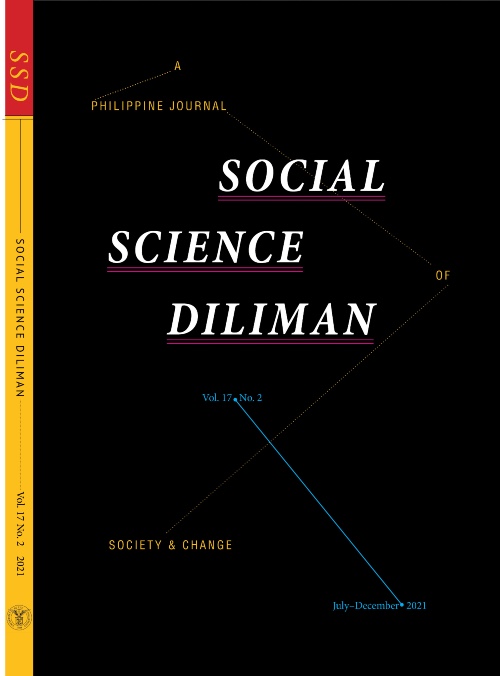Binabahang tahanan: Notions of home amidst disaster in a peri-urban relocation site
Abstract
In the face of mounting dilemmas and precarities—poverty, eviction, displacement, and disasters, how do urban poor relocatees construct and negotiate their notions of home? This research gathered narratives focused on the notions and aspirations of home of members of San Isidro Kasiglahan, Kapatiran, at Damayan para sa Kabuhayan, Katarungan, at Kapayapaan (SIKKAD-K3). SIKKAD is an urban poor organization that led the occupation of a flood-prone portion of one of the largest housing and relocation projects of the national government in Kasiglahan Village, Rodriguez, Rizal, Philippines. Informed by Alison Blunt and Robyn Dowling’s (2006) critical geography of home, this study deliberately frames the home as both a material space and an imaginary while also highlighting its multi-scalar characteristic. In documenting the short history of a peri-urban poor occupation movement and its members’ homemaking practices, this work echoes Solange Muñoz (2017) in asserting that the right to the city begins at home. Based on storytelling, participant observation, and key informant interviews, it categorizes SIKKAD members’ notions of home into four themes: home as owned, home as a temporal imaginary, home as a material space continuously created and claimed through homemaking (for women) or made through investments and maintenance (for men), and home as multi-scalar. Grounded insights about what “home” means to urban poor relocatees who are consistently exposed to disaster are essential in evaluating and developing social housing plans, projects, and policy. Additionally, this work’s findings may be used to improve social conditions in relocation sites and inform disaster risk reduction and management plans that are implemented in these areas.


